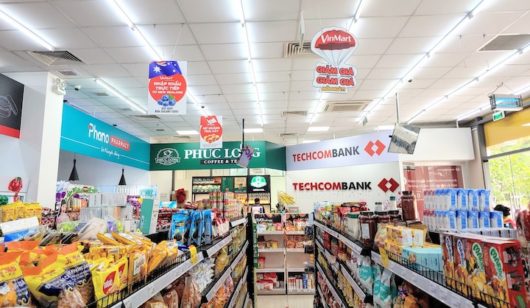Consumer confidence in Southeast Asia in the third quarter continues to rank among the highest globally.
According to the Nielsen’s global survey of consumer confidence and spending intentions, Indonesia reported the highest score of 120 in Q3, down four points on the previous quarter and 26 points above the global average of 94. The Philippines ranked second with a three point decrease to 118.
Thailand and Malaysia also featured amongst the most confident nations despite recording slight declines over the last two quarters. Confidence in Thailand fell by two points to 112 compared to the previous quarter, and Malaysia recorded a two point decline to 101.
Confidence in Singapore increased by three points to 98 and Vietnam increased two points to 97.
“Although four Southeast Asian markets recorded a fall in consumer confidence compared to the previous quarter, it is important to keep these modest declines in perspective. Despite declining four index points, Indonesia reported the highest consumer confidence index globally for the third consecutive quarter,” said Matt Krepsik, executive director of Nielsen’s marketing effectiveness business in Southeast Asia, North Asia and Pacific.
He said the findings reflect a level of cautious optimism throughout Southeast Asia as consumers balance their expansion of wealth between spending and channelling their spare cash into savings to ensure their future financial security.
Also, Southeast Asians continue to rank among the world’s biggest savers, and channelling excess funds into savings was the number one area cited by consumers in the region after covering essential living expenses. In Indonesia, more than three in four consumers are saving their spare cash (up five percentage points versus previous quarter to 76 per cent), followed by Vietnam (up four points to 72 per cent), Thailand (up five points to 68 per cent), the Philippines (down three points to 67 per cent), Singapore (up four points to 64 per cent) and Malaysia (down four points to 57 per cent).
Despite the levelling of confidence, consumers still indicated they were prepared to channel a portion of their spare cash into holidays, new technology, and investing in shares and stocks.
Meanwhile, up to nine in 10 Southeast Asian consumers say they have changed their spending to save on household expenses over the last year. Consumers in Thailand and Vietnam showed the strongest inclination to curb household expenses (90 per cent), the highest level recorded globally in the Nielsen survey and 26 points higher than the global average of 64 per cent, followed by Indonesia (82 per cent), the Philippines (80 per cent), Malaysia (79 per cent) and Singapore (62 per cent).
“Southeast Asian consumers are thrifty value‐seekers and are prioritising their household expenditure as they look to invest for the future,” said Krepsik.
“While focusing on saving remains a high priority, consumers are experience‐oriented and are willing to spend on recreational activities and other big ticket items such as holidays, and new technology. Discretionary spending on items including new clothes and basic out‐of‐home entertainment are the areas they are likely to cut back on in order to save on day‐to‐day household expenses and boost their wealth,” he concluded.






